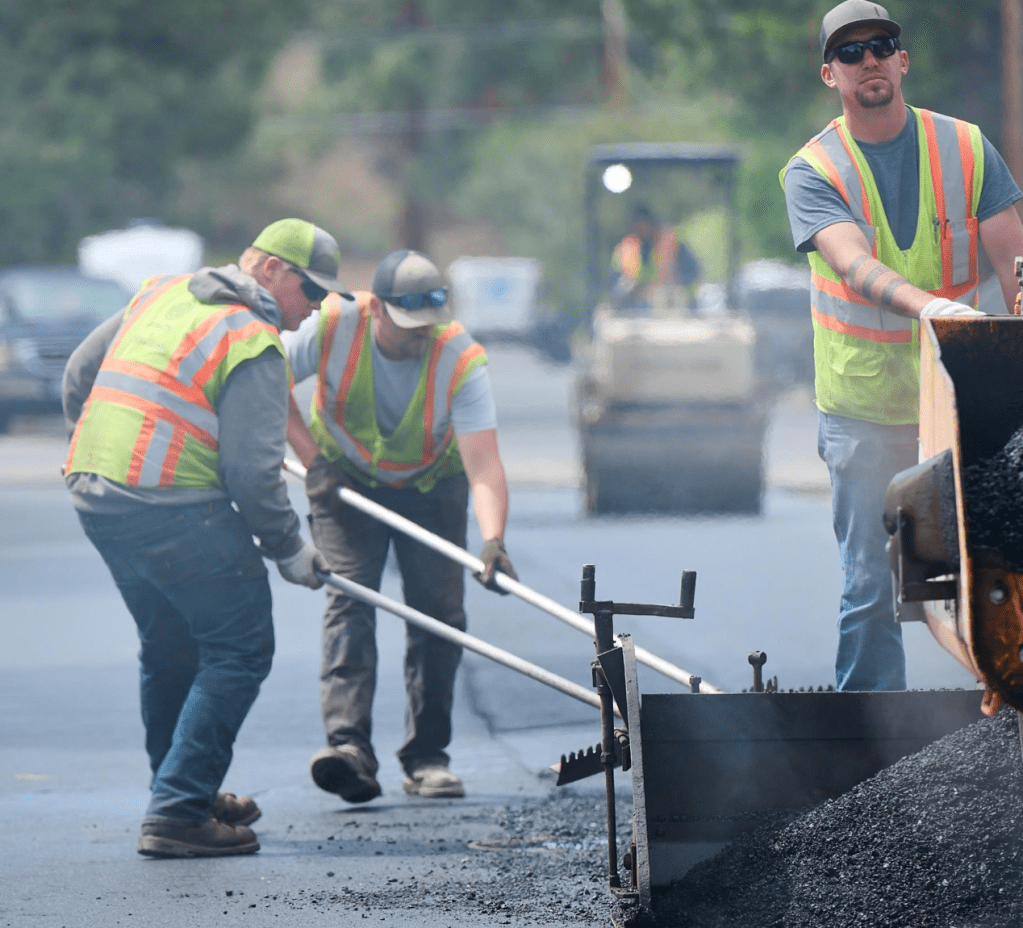Editorial: Clarify law so it is easier to build needed infrastructure
Published 5:00 am Thursday, February 13, 2025

- The city of Bend is backing a change in Oregon law to make it easier to build infrastructure.
Gov. Tina Kotek’s goal for Oregon is to build 36,000 more homes a year, many of them affordable. It would reduce the state’s housing deficit.
When Oregon law gets in the way of that goal, that law needs to be reexamined. The law is not crystal clear that cities and counties can work together to establish local improvement districts in unincorporated areas inside an urban growth boundary.
Why does that matter? Local improvement districts can make it easier to share costs to build infrastructure — sidewalks, sewers, stormwaters and roads — to enable homes to be built. In such a district, the government usually pays for the improvements and the property owners pay the costs back over time.
Senate Bill 967, sponsored by state Sen. Anthony Broadman and state Rep. Emerson Levy, both Bend Democrats, would clarify the law. Bend expanded its urban growth boundary to the southeast in 2016 by more than 470 acres. In some places, development has stagnated because of the need for infrastructure. One estimate put the cost of needed infrastructure at more than $57 million. The need to clarify the law came up when considering using local improvement districts in the area, as an alternative to system development charges.
The bill has broad support from the city of Bend, Bend-Redmond Habitat for Humanity, the Bend Chamber of Commerce and more. Central Oregon LandWatch, the conservation group, is also supportive — with a caveat. It wants an amendment to ensure the land in question is annexed into the corresponding city.
Infrastructure is one of the barriers to creating more needed housing. The lack of clarity in Oregon law is an additional, unnecessary barrier getting in the way of one means of creating that needed infrastructure. Pass the bill.








